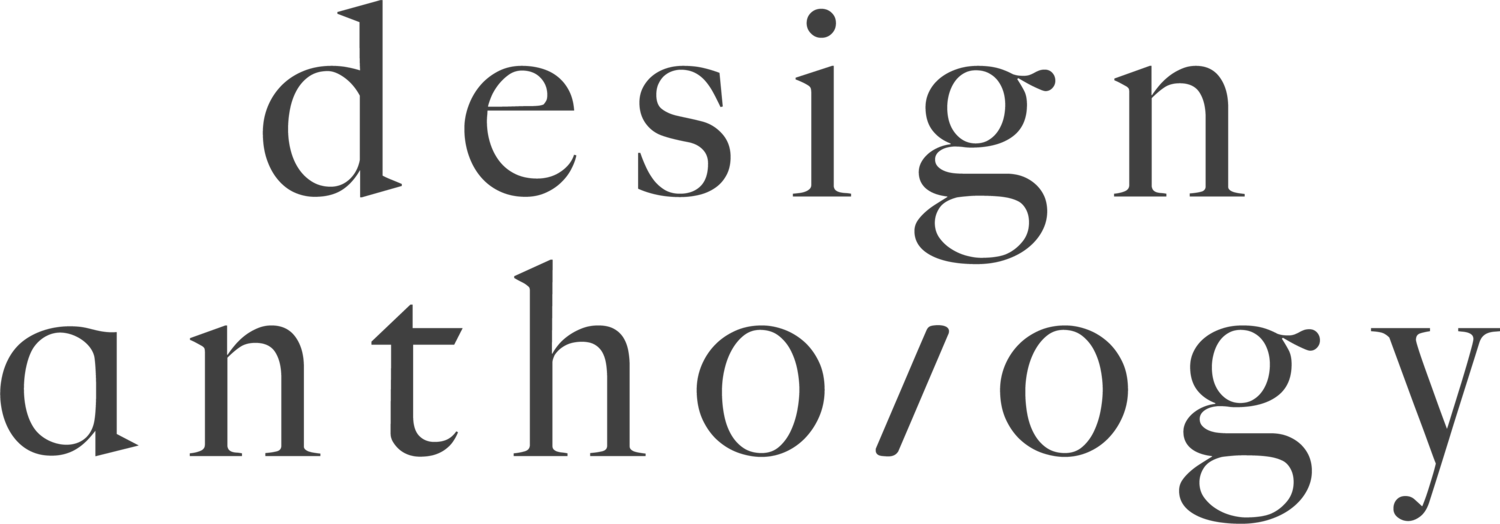Getting to Know Nikhil Paul
New Delhi-based designer Nikhil Paul’s timeless lighting collection explores traditional craft and new technologies
Image courtesy of Paul Matter
Nikhil Paul grew up in New Delhi, the city he still calls home today. His interest in design came early on during summers spent in Chandigarh, the Indian city designed by Le Corbusier, and his fascination with the modernist architect’s work still influences the way he approaches design today.
Paul went on to study design in Tamil Nadu, where he was exposed to the world of Indian handicrafts and techniques. ‘It helped me understand and appreciate the skills that are still an integral part of my making process today,’ he says. He then went on to study business design in Milan, where the exposure to various cultures reshaped his perception of craft in the Indian context. Here, he also discovered the Made in Italy model, which would later inspire him to build a studio local in its creative essence, yet global in its approach.
After his studies, Paul returned to New Delhi and started his own design consultancy. He designed the lights for his then office — prototypes that, little did he know, would become the debut collection establishing him as an internationally renowned lighting designer. ‘The transition was extremely organic and fast paced,’ Paul recalls. ‘A friend saw the first prototype and shared it around. Before I knew it, we were showing them in Monaco.’ This instant success prompted the launch of his lighting studio Paul Matter in 2016. Now he puts traditional crafting techniques at the centre of his work. Functional and versatile, simple and timeless, Paul’s work is handmade using natural materials such as brass, copper and stone.
His debut collection, TANGO, comprised burnt brass and etched glass fixtures that hint at mid-century modernism and the industrial age with their sculptural forms and hand-worn materials. ‘I find lighting very interesting. It’s intangible, limitless and offers endless possibilities,’ says Paul. ‘I also like how it has an effect on almost everything around it. What we are doing at Paul Matter is connecting it with a form to manipulate that effect.’
His latest series, PLUS, is a three-dimensional, plus-shaped brass lamp that can be configured in various arrangements. The light it emits is inspired by the hour when the sun meets the ocean. ‘We’re continuously investigating, and the process is ever evolving and iterative,’ Paul says. For his next project, he’s working on an idea that extends beyond product design, a meaningful undertaking that investigates and explores Indian crafts and their role in the ever-changing world of design, technology and materials.
Text / Nina Milhaud
Image by Giulio Cunico
Image courtesy of Paul Matter
Image by Ankush Maria
Image courtesy of Paul Matter
Image courtesy of Paul Matter
Image courtesy of Paul Matter
Image courtesy of Paul Matter








